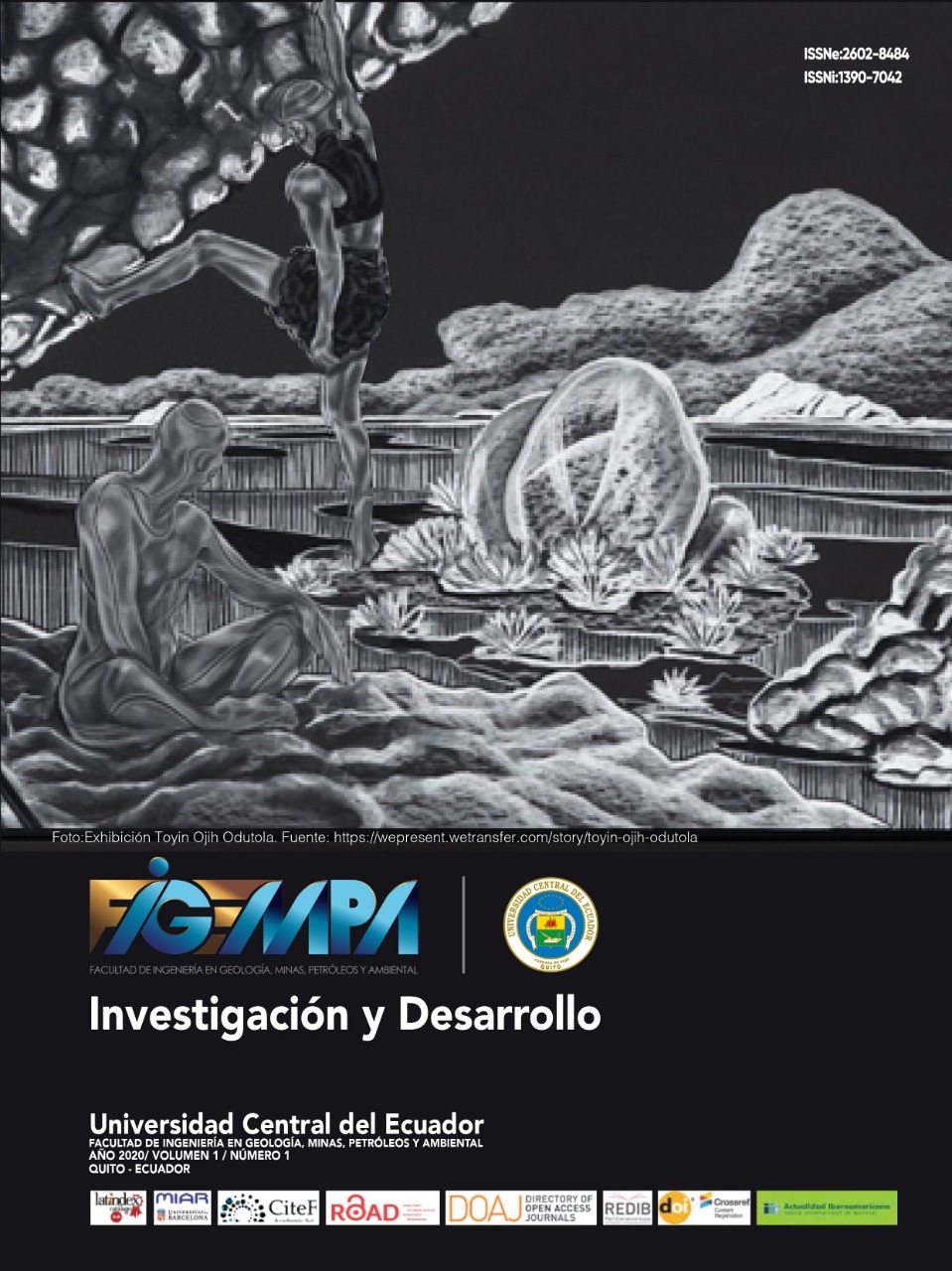Definición de la utilidad del método de Arrhenius en el estudio de estabilidad térmica de compuestos fenólicos en Urera laciniata Goudot ex Wedd
Contenido principal del artículo
Resumen
La degradación térmica de los principios activos naturales es uno de los temas más relevantes en la estabilidad de fitofármacos, por tal motivo es importante determinar: sí una formulación farmacéutica se ajusta al comportamiento de los fármacos de síntesis y, sí el método de determinación del tiempo de vida útil es el adecuado. Con el objetivo de establecer sí, los criterios de zona climática pueden ser aplicables al estudio de estabilidad, mediante el uso de la calorimetría diferencial de barrido, se estandarizó las condiciones experimentales para la determinación de la temperatura a la cual se degrada el extracto etanólico total de Urera laciniata. Además, bajo estas condiciones, se definió la influencia de los excipientes sobre la variación de la temperatura de degradación en una forma farmacéutica sólida. Se encontró que, el extracto etanólico seco tiene una temperatura de degradación promedio de 133,17 ± 0,84°C y que los excipientes elevan esta temperatura en un 54,87%. Para verificar la aplicabilidad de la ecuación de Arrhenius en la evaluación del tiempo de vida útil del fitofármaco, se realizó un estudio de estabilidad a 40°C y 75% de humedad. Mediante la cuantificación de fenoles totales en el extracto etanólico seco y en los comprimidos, se estableció que no existen variaciones significativas que permitan el cálculo de la constante cinética, haciendo inaplicable el método de Arrhenius y el criterio de evaluación mediante zonas climáticas, para la determinación del tiempo de vida media del fitomedicamento.
Descargas
Métricas
Detalles del artículo

Esta obra está bajo una licencia internacional Creative Commons Atribución 4.0.
Citas
Bajaj, S., Singla, D., & Sakhuja, N. (2012). Stability Testing of Pharmaceutical Products. Journal of Applied Pharmaceutical Science, 129-138.
Buitrón, X. (1999). Uso y comercialización de plantas medicinales: Situación actual y aspectos importantes para su conservación. Cambridge: TRAFFIC International.
Espinosa, W., Garzón, L., & Medina, O. (2016). Validación de una metodología para cuantificación de polifenoles totales, en procesos de extracción asistida por microondas sobre frutos de la especie colombiana Vaccidium meridionale. Revista colombiana de ciencias químico farmacéuticas, 45 (1), 109 - 126.IC. (2017).
ICH. (2017). Harmonisation for better health. Recuperado el 29 de enero de 2017, de https://www.ich.org/products/guidelines/quali-ty/article/quality-guidelines.html
Kumar Sachan, A., & Kumar, A. (2015). Stability testing of herbal products. Journal of Chemical and Pharmaceutical Research, 511-514.
Luziatelli, G., Sørensen, M., Theilade, I., & Mølgaard, P. (2010). Asháninka medicinal plants: a case study from the native community of Bajo Quimiriki, Junín, Peru. Journal of Ethnobiology and Ethnomedicine.
Ministerio de Salud Pública. (2006). Reglamento y control de productos naturales de uso medicinal. 385. Quito, Ecuador: Registro Oficial. Recuperado el 26 de octubre de 2006.
Olivo, S., & Pazmiño, J. (2013). Estudio comparativo de la utilización de plantas medicina-les durante el parto tradicional por organizaciones de parteras de Otavalo y Loreto 2016. Ibarra, Ecuador: Universidad Técnica del Norte.
ONG Human Info. (2017). Medicamentos Esenciales y Productos de Salud de la OMS. Obtenido el 10 de Febrero de 2017 de http://apps.who.int/medicinedocs/es/d/Jh2976s/#Jh2976s.1
Organización Mundial de la Salud. (2015). Comité de expertos en especificaciones para preparaciones farmacéuticas. OMS.
Pinelli, P., Ieri, F., Vignolini, P., Bacci, L., Baronti, S., & Romani, A. (2008). Extraction and HPLC Analysis of Phenolic Compounds in Leaves, Stalks, and Textile Fibers of Urtica dioica L. Journal of Agricultural and Food Chemistry, 9127-9132.
Ríos, M., Koziol, M., Borgtoft, H., & Granda, G. (2007). Plantas útiles del Ecuador. Aplicaciones, retos y perspectivas (Quinta edición ed.). Quito, Ecuador: Abya-Yala.
Suárez, M., & Mora, S. (2016). Procedimientos operativos estándar para formas farmacéuticas sólidas. Saarburken, Alemania: Académica Española-OmniScriptumGmbH.
Suárez, M., & Narváez, G. (2016). Copigmentación intermolecular de antocianinas glicosiladas. Saarbrucken, Alemania: Académica Española-OmnScriptum GmbH.
Suárez, M., & Venegas, A. (2016). Método cromatográfico HPTLC para control de fitomedicamentos. Revista de la Facultad de Ciencias Médicas, 91
World Health Organization. (2018). Essential Medicines and Health Products Information Portal. Recuperado el 5 de diciembre de 2018, de http://apps.who.int/medicinedocs/en/d/Js5516e/15.3.html
Zambrano, A., Castellar, G., Vallejo, W., Piñeres, I., Cely, M., y otros. (2017). Conceptual approach to thermal analysis and its main applications. Prospectiva. Julio 2017

